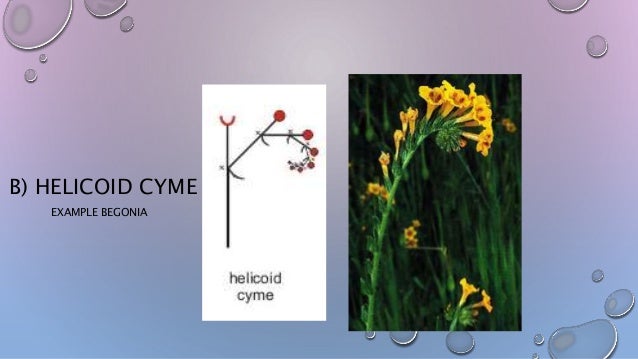
For example - Dictionary of History, Dictionary of Botany, Dictionary of Economics. Subject Dictionary: In this dictionary, everything related to any subject is arranged and explained according to the dictionary. But The Shorter Oxford English Dictionary is the best. The dictionary from which the word helicoid cyme is derived has many meanings in the historical dictionary.

E.g., The Shorter Oxford English Dictionary. Historical Dictionary: When a word was first coined, what was its spelling and meaning during the first coinage, when did its spelling, pronunciation and meaning change, and what is the current form and meaning of the word as described in the dictionary, so E. If you are looking for the meaning of the word helicoid cyme now, you will find the meaning of a few thousand words here in addition to the meaning of the word helicoid cyme. Bilingual Dictionary: Here words from one language are interpreted in another language. The word helicoid cyme is taken from English to Tamil dictionary. Such as Tamil to Tamil, English to English. See also obdeltate.Monolingual Dictionary: Here a word in a language is interpreted in that language. See also excurrent.ĭelicately fleshy and liquifying at maturity or with pressure e.g., petals of Tradescantia (Commelinaceae).Įquilaterally triangular, broadest at the base, and regularly attenuate to an angular apex.

Splitting or forming one or more apertures at maturity, the contents thereby released for dispersal.īranching laterally and repeatedly such that the initial axis loses its prominence over the length of the structure and seems to dissolve into the succesive orders of branches. Mode of opening (splitting or forming apertures). Opposite with successive pairs radially oriented at right angles to one another, thus polystichous with four equidistant ranks.Ībruptly bent outward (abaxially), downward, or backward at some point along its length. Having the lamina prolonged and adherent to the supporting axis beneath the point of vascular insertion, the prolonged portion termed a sterigma. Reclining upon the substrate proximally, ascending to erect distally. Semantically, this term is properly applied only to the entity that falls, not to the structure that it separates and falls from in traditional usage, though, the term has been applied to trees and other perennial plants that shed all their leaves at some time during the yearly cycle.Ĭomprising two or more orders of equivalent substructural entities multiply compound. Perennial and having all leaves separating and falling away during a particular portion of the yearly cycle, especially the autumn or the dry season, between growing seasons. Separating and falling away from the bearing axis, organ or plant prior to senescence of the latter, usually by developing an anatomically distinct, transverse, basal zone of cells (abcission layer), where separation occurs. Indicating presence of or constitution by ten entities of the type denoted by the term's stem as in decandrous, decagynous, decalocular. Like an achene but derived from an inferior, bicarpellate ovary and with accessory perianth tissue adnate to the pericarp esp.

See also cincinnate, cymulose, dichasiate, helicoid-cymose, monochasiate, rhipidiate, scorpioid-cymose.Ī diminutive cyme, with few flowers, few or no branches, and short axes. Resembling a cyme, but not strictly such.Ĭomprising one or more simple or compound cymes.

See also cymule, dichasium, helicoid cyme, monochasium, rhipidium, scorpioid cyme. Like the generalized form of a boat hull, the walls relatively thin to moderately thick, the interior essentially empty and open along one side.ĭeterminate and constituting a compound dichasium or monochasium, the flowers maturing from the center outward (i.e., the distal or inner flowers maturing first) often more or less flat-topped.


 0 kommentar(er)
0 kommentar(er)
